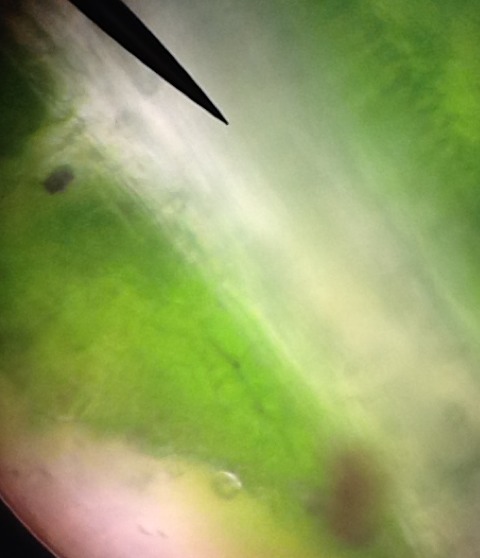Sign up for FlowVella
Sign up with FacebookAlready have an account? Sign in now
By registering you are agreeing to our
Terms of Service
Loading Flow

The chestnut oak it is native to the eastern United States, with an outlying northwestern population in southern Michigan. It is also sometimes called "rock oak" because of montane and other rocky habitats. As a consequence of its dry habitat and ridgetop exposure, it is not usually a large tree, typically 18-22m (60–70 ft) tall; occasional specimens growing in better conditions can however become large, with trees up to 40–43 m (130–140 ft) tall known. The diameter of the trunk is usually around 2-3 feet.
Leaves: The leaves are 4 to 8 inches long, and 2 to 4 inches wide. They in shape with a short-pointed tip. The edges of the leaf are wavy, with 10-16 rounded tips extending the length of the leaf. They are shiny green in color, changing to yellow in the fall and winter months.
In this picture we see the chloroplast which in this occasion is white. We also see the stroma which is surrounding the chloroplast on both sides. We also see some of the stoma in the picture where in this case is the black lines in the picture. Lastly, we can see some of the granum in the picture which are the stacks you see just to the top right of the big line of chloroplast. The Chestnut Oak is hydrophilic.

Chestnut Oak Leaf